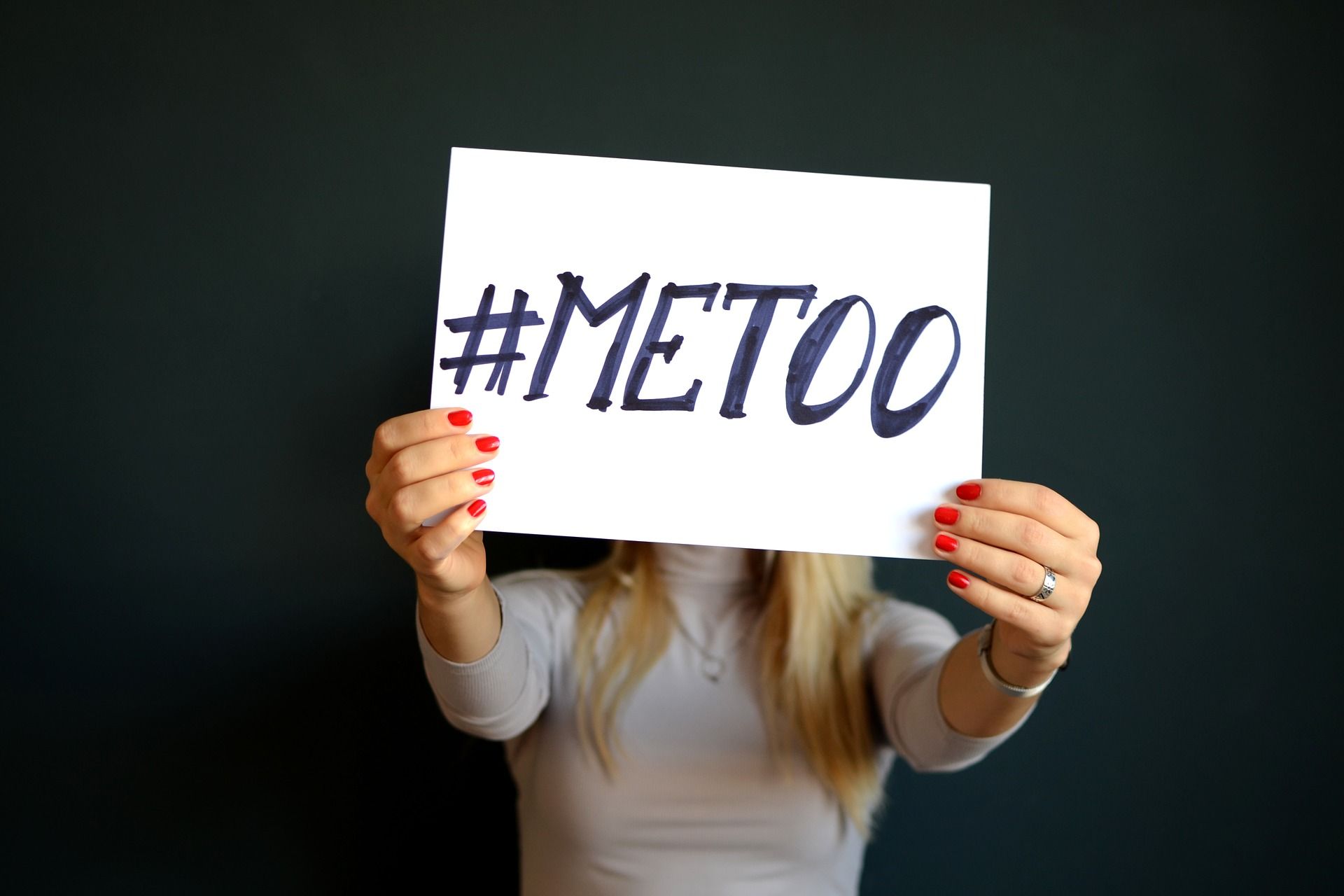Second in a series on how #MeToo is affecting business
Time magazine reported in June that at least 414 high-profile executives and employees have been “outed” by the #MeToo movement. That was before we learned about the investigation revealing that more than 300 priests abused more than 1,000 children in the Roman Catholic Church in Pennsylvania over a period of 70 years.
#MeToo is clearly a tsunami, breaking down a seawall of silence that has surrounded sexual harassment and abuse because of the perpetrators’ power and victims’ shame. That wall is unlikely to ever go back up, and that’s positive. But as employers and employees adjust to a new reality in the workplace, it means teams must work to regain their foothold in the shifting sand.
In my first article, I told you that, according to the 2018 Littler Annual Employee Survey, that of more than 1,000 in-house counsel, human resources and C-suite executives, 66 percent say sexual harassment is the most or second-most concerning issue on their minds. Of those, more than half (55 percent) say they have say they have added training, 38 percent say they have updated policies or handbooks, 29 percent say they more proactively addressed employee complaints, and 13 percent said they had implemented new tools or investigative procedures to manage complaints.
Unfortunately, there is a huge gap between what employers say they are doing and what employees report that their companies are doing. According to a May 2018 Harris Poll of 1,512 working adults on behalf of the American Psychological Association, only 32 percent of working Americans say their employers have taken new steps to prevent sexual harassment in the workplace. The most common action reported (18 percent) was simply reminding employees of existing harassment training or resources. Only 10 percent said their employers had added additional training or resources, and just 8 percent said their employers implemented a more stringent sexual harassment policy. Only 7 percent reported that their employers hosted an all-staff meeting or town hall to discuss sexual harassment.
So what gives? Why is there such a disconnect between what employers report and what employees report? Are employers lyingabout how much they are doing? Or is it that employees are simply asking for more?
I think the explanation for the huge gap in the numbers lies in perception. Employers think they have trained employees on sexual harassment, when all they have really done is checked off a box. It’s safety training one month, sexual harassment training another. Check, check. All done. Now, let’s get back to the real work. And employees barely recall it.
Meanwhile, Amanda in Accounting is tired of the wolf whistles when she walks through Purchasing, and Darin in Finance doesn’t like pretending he’s okay with the admins comparing him with a Chippendale dancer. It’s all in good fun, after all. And the supervisor seems to think it’s hilarious! What guy wouldn’t want that kind of attention? On top of that, Amanda decided to go to human resources two weeks ago and still hasn’t heard anything back. Now she is looking for another job.
In workplaces with this kind of environment, paying lip service to sexual harassment training does little to change the culture. One-time training won’t do it; it must be ongoing. For starters, it must include respect, civility, awareness, inclusion and trust training.
The entire team, both management and team members, must be trained to understand what constitutes sexual harassment, and everyone must be held accountable for every instance. There must be peer-to-peer accountability, as well. Management alone cannot make people accountable.
Changing a culture is hard work, and it doesn’t happen overnight. It requires persistence, establishing boundaries, self-awareness and the courage to call people out when they cross agreed-upon boundaries. But the results are a happier, more productive and more profitable workforce.
Part I: Companies react to #MeToo. But is it enough?
Latest posts by Shelley Smith (see all)
- Part IV: How To Respond To A #MeToo Workplace Problem: The Steps You Need To Follow - October 21, 2018
- Part III: Men And Women Play Defense In The Workplace After #MeToo - October 14, 2018
- Part II: Employees Don’t See Companies Doing Much About #MeToo - October 7, 2018














Shelley, I wholeheartedly agree that perception is a major issue. Add to that the fact that most people do not trust that the company is interested in hearing complaints from employees. The training that I provide includes addressing perception and trust. This requires top-down support for the program.